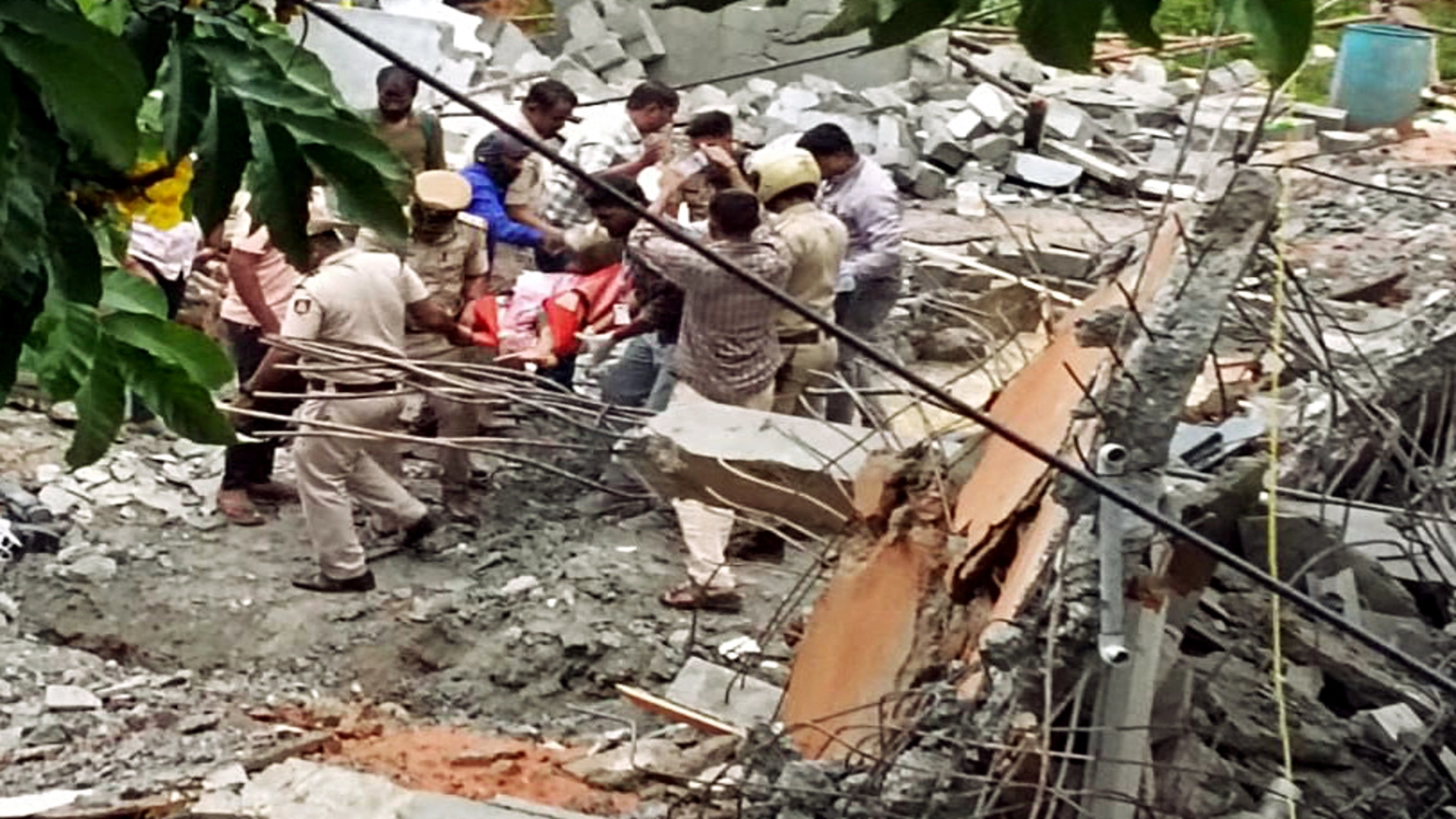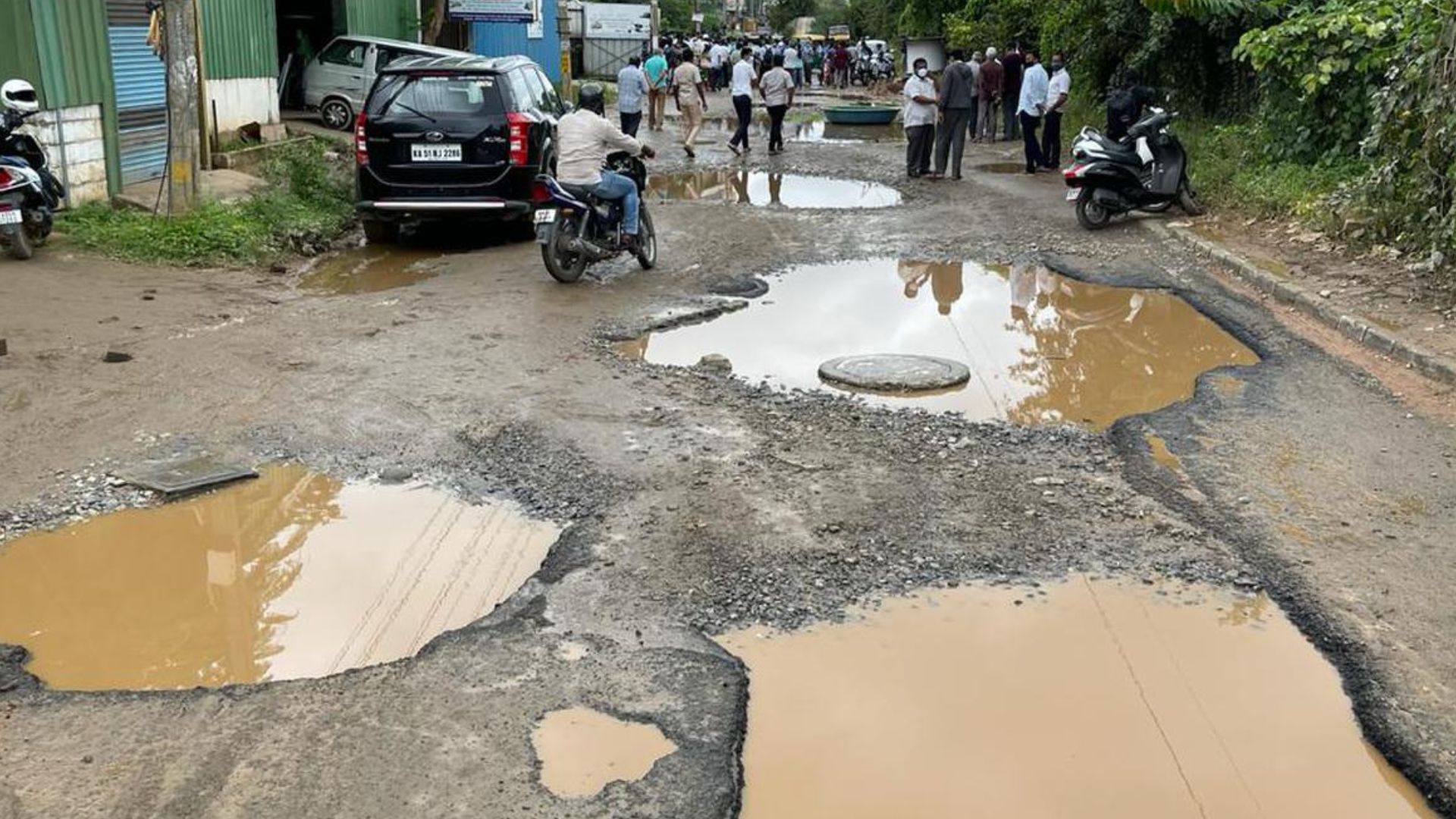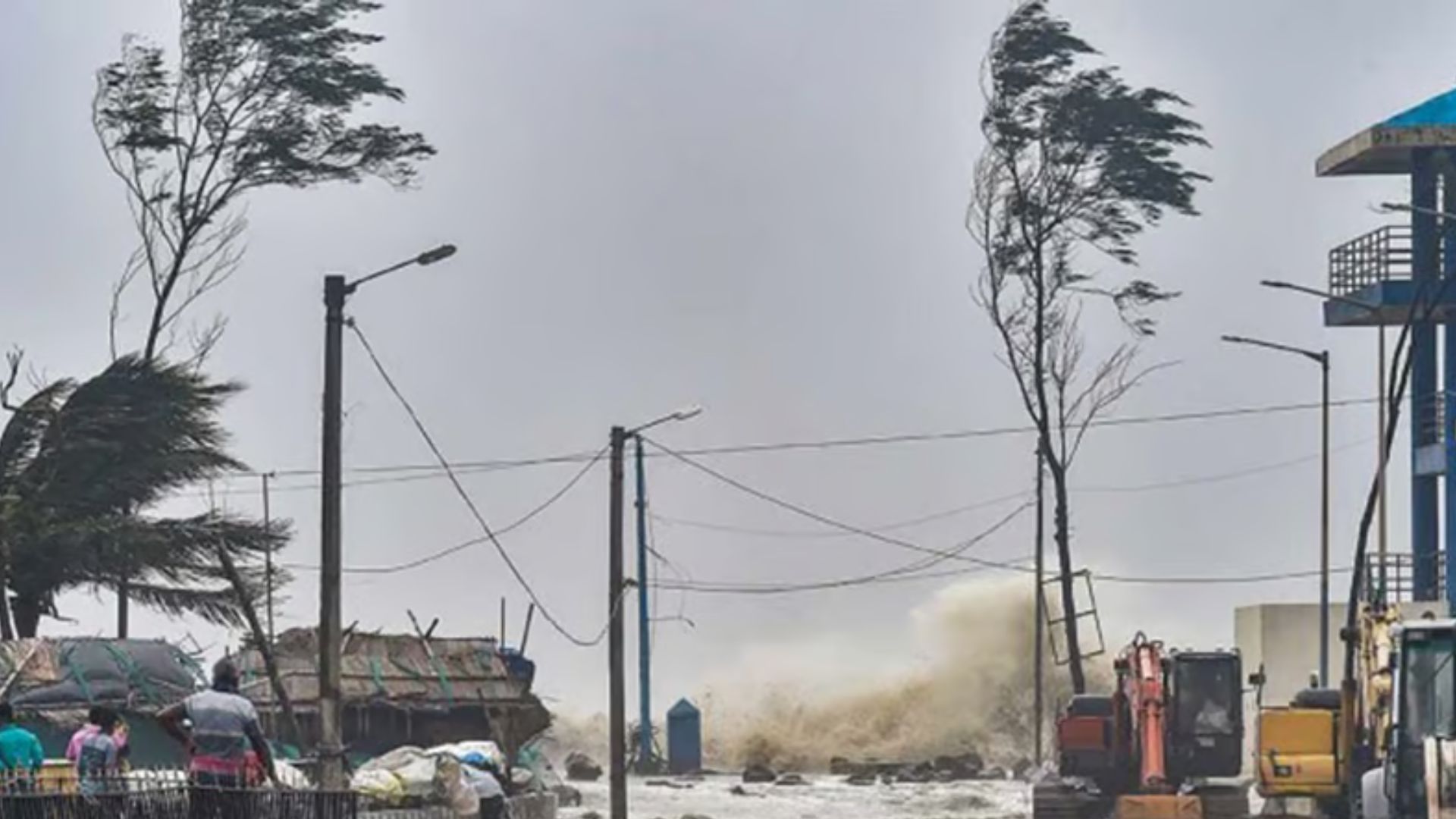
In a tragic incident in Bengaluru, at least 17 people are feared trapped after an under-construction building collapsed at the Babusapalya area amidst the ongoing heavy rainfall, in Bengaluru on Tuesday. Three people died in this incident. The collapse occurred on Tuesday, and rescue operations were promptly launched. According to reports from ANI, emergency teams from the fire and emergency services are leading the rescue efforts, with two rescue vans on-site to help locate and free those trapped under the debris.
A senior police officer involved in the rescue operations confirmed the scale of the disaster, stating, “A coordinated rescue operation is being carried out with assistance from other agencies.” This includes teams from the National Disaster Response Force (NDRF) and the State Disaster Response Force (SDRF), who are working tirelessly to reach those affected.
Preliminary investigations suggest that the building collapse was triggered by structural weaknesses. A fire department official explained that the building “collapsed entirely,” trapping multiple people underneath. The collapse happened on the same day several parts of Bengaluru were experiencing heavy rainfall, raising concerns that the downpour may have contributed to the disaster. Heavy rains are known to exacerbate structural weaknesses in under-construction or poorly maintained buildings, and this may have played a role in the collapse.
Bengaluru Struggles with Heavy Rains
While rescue efforts continue, Bengaluru’s northern regions were simultaneously dealing with heavy flooding due to relentless rain. In areas around Yelahanka, rainfall reached 157 mm in just six hours, leading to significant waterlogging and flooding. As a result, several parts of the city were submerged, turning roads into rivers. Rescue teams, equipped with coracles (traditional lightweight boats), were deployed to evacuate stranded residents in flooded areas. Yelahanka’s Kendriya Vihar was particularly hard-hit, with water levels rising to waist-deep, leaving residents stranded and struggling to navigate their homes and surroundings.
Normal life in North Bengaluru came to a standstill due to the floods, with many residents staying indoors. The flooding disrupted transportation significantly, with numerous people missing flights, buses, and trains. Schools were closed in several flood-affected regions, and household items, vehicles, and electronics were damaged. Traffic across the city worsened, with key roads such as Ballari Road, Tumakuru Road, Old Madras Road, and Kanakapura Road witnessing severe congestion. The gridlock on Ballari Road, which connects to Kempegowda International Airport, stretched for several kilometres.
Government Response
In the aftermath of both the building collapse and the severe flooding, Karnataka’s deputy chief minister, DK Shivakumar, responded to the situation, stating that while the government is doing its best to manage the crises, some events are beyond human control. “We cannot stop nature, but we are there,” Shivakumar said, addressing the media. He added that his focus is on providing relief to the affected people, rather than using the situation for publicity.
Shivakumar acknowledged the challenges posed by extreme weather, comparing Bengaluru’s flooding to recent incidents in other parts of the world. He referenced the heavy rains in Dubai, a normally drought-prone area, and the pollution issues in Delhi, underscoring the unpredictable nature of environmental events.
Meanwhile, the Bruhat Bengaluru Mahanagara Palike (BBMP) is actively working to mitigate the impact of the floods, with BBMP Chief Commissioner Tushar Giri Nath personally visiting affected areas, wading through knee-deep water to reach out to residents and assess the situation.
Also read: Task Force Raids Kohinoor Dairy Unit, Uncovering Major Violations Near Hyderabad
As rescue operations continue, both the building collapse and the widespread flooding have highlighted Bengaluru’s vulnerability to infrastructure-related disasters, especially during heavy monsoon rains. Authorities are expected to investigate the cause of the building collapse further to prevent similar incidents in the future.














